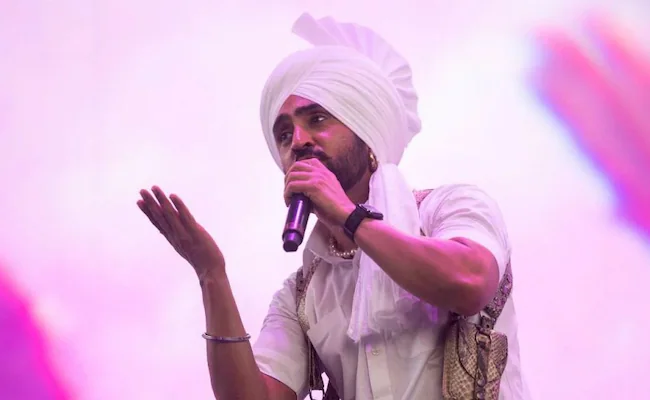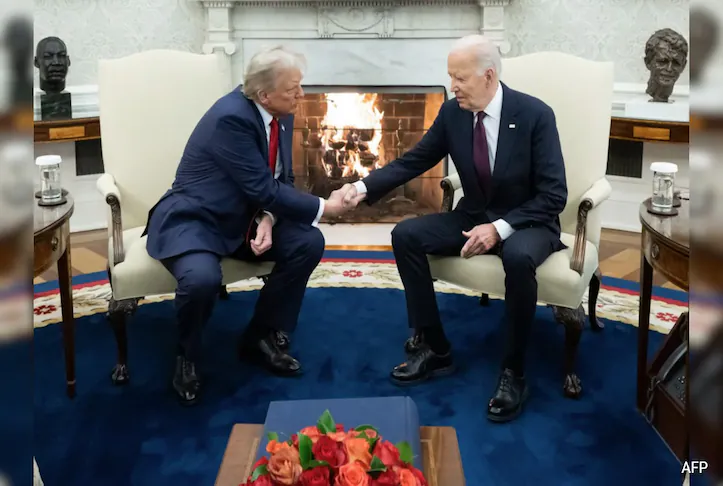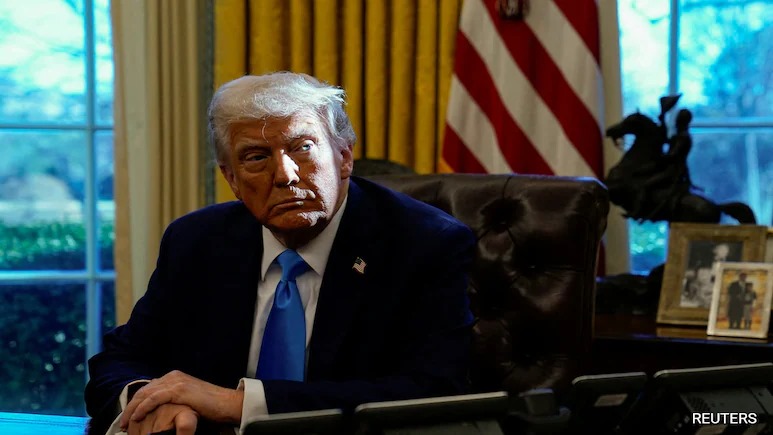Kazan, Russia: In a significant diplomatic engagement, Prime Minister Narendra Modi and Chinese President Xi Jinping held their first formal bilateral meeting since 2019. The dialogue, which took place on the sidelines of the BRICS Summit in Kazan, marks a turning point in India-China relations following years of tension along the Line of Actual Control (LAC).
This meeting comes just 72 hours after both countries reached a diplomatic and military breakthrough aimed at restoring the border status quo to pre-May 2020 levels. The 2020 standoff, which began with violent clashes in the Galwan Valley, had resulted in the deployment of tens of thousands of troops on both sides, severely straining bilateral ties.
PM Modi’s Message to Xi
During the meeting, PM Modi emphasized the importance of peaceful borders and constructive relations for regional and global stability. “It is not just the people of India and China, but the world at large that benefits from our mutual understanding,” he said. Modi underscored the need for peace, mutual respect, and sensitivity in future interactions. “Mutual trust and respect should form the foundation of our relations. Our priority must be ensuring stability along the border,” he added, expressing optimism about maintaining open and constructive dialogue.
Xi Jinping’s Remarks
President Xi echoed similar sentiments, calling for enhanced communication to manage differences and foster cooperation. “It is essential for both nations to pursue their development goals while contributing to global stability,” Xi remarked. He highlighted the importance of China and India, as two ancient civilizations and leaders of the Global South, setting an example of unity among developing nations.
“We must shoulder our international responsibilities, promote multipolarity, and strengthen democracy in global governance,” Xi added, signaling the need for both countries to align their efforts toward common geopolitical goals.
Resetting Relations After Four Years of Tensions
The recent breakthrough in the border patrol arrangement reflects a potential de-escalation in a conflict that had stalled diplomatic engagement and economic cooperation. Restrictions such as visa hurdles for Chinese technicians and security vetting for investments are now under review, signaling a gradual normalization of relations.
Although PM Modi and Xi had brief encounters at the G20 Summit in Bali (2022) and the BRICS Summit in Johannesburg (2023), this meeting in Kazan represents a meaningful step forward. Unlike earlier encounters, trade, security, and economic cooperation were part of the discussions this time.
The absence of direct flights between India and China since 2020, along with heightened security protocols for Chinese companies, reflects the depth of the mistrust that developed during the standoff. However, today’s meeting hints at a cautious but positive shift toward restoring normalcy.
Looking Ahead
With this high-level interaction, both leaders have signaled their willingness to focus on stability, cooperation, and mutual interests. The world will closely watch how India and China navigate their differences and whether this dialogue leads to tangible progress in rebuilding trust.




